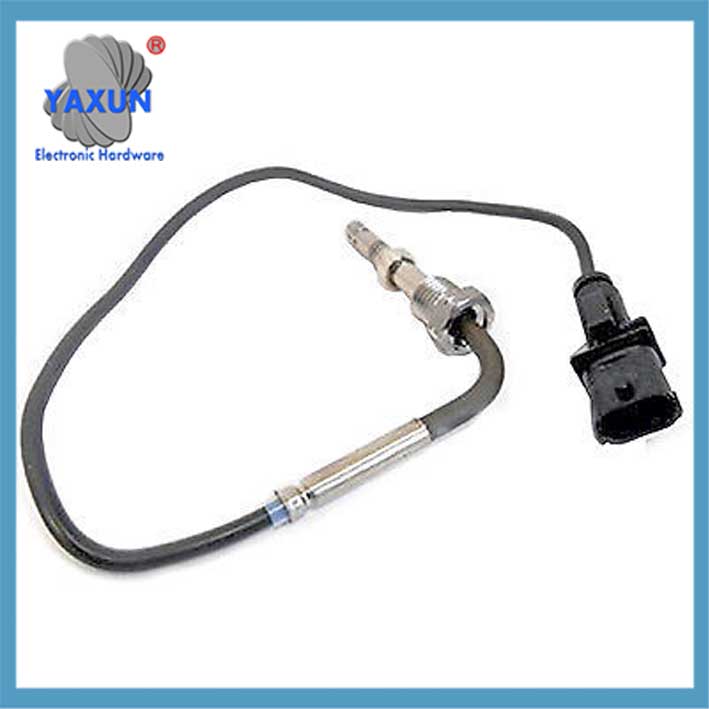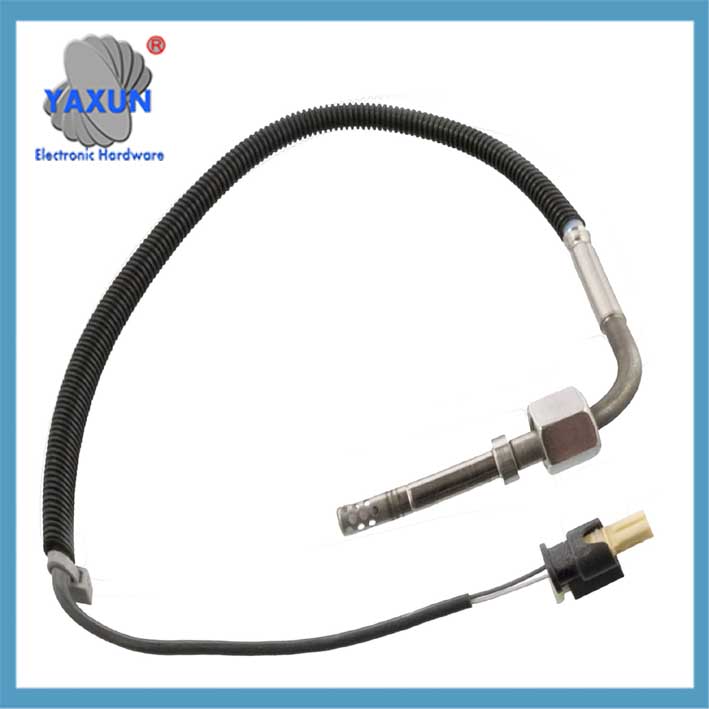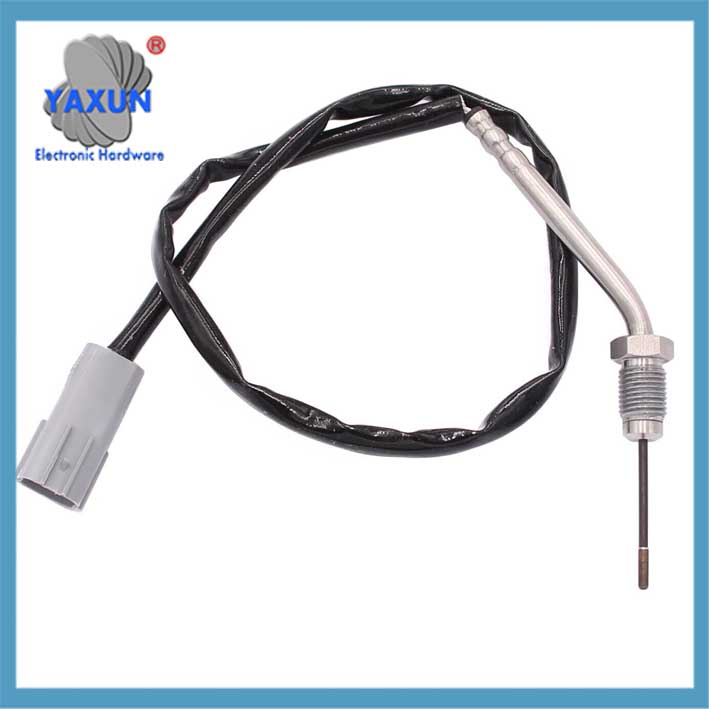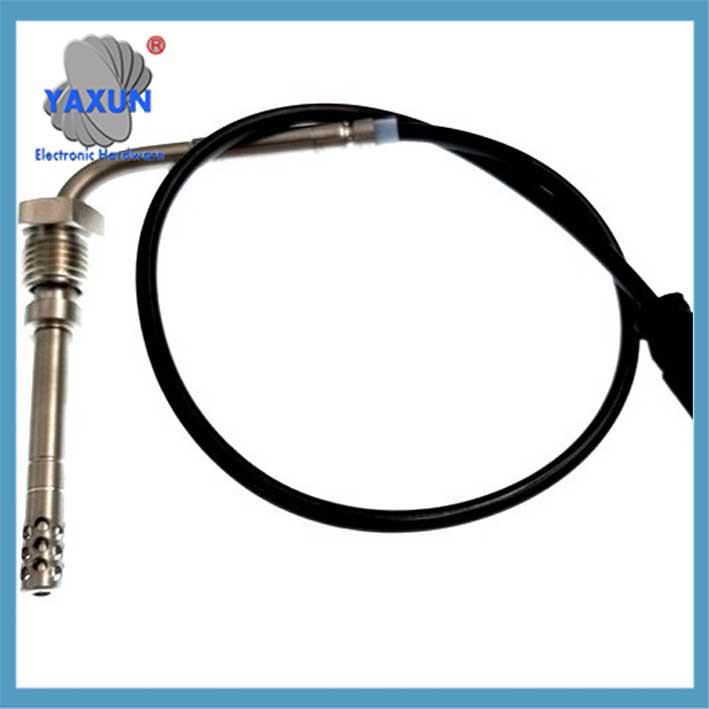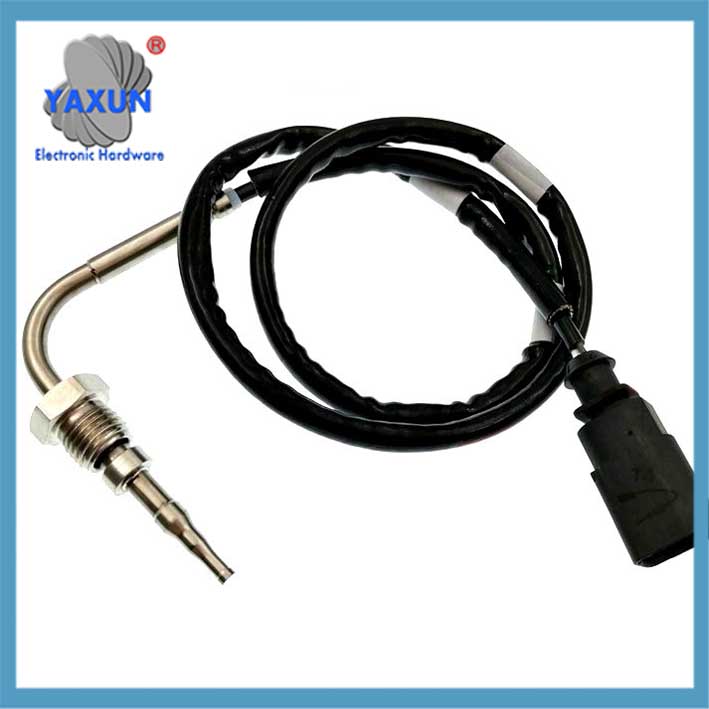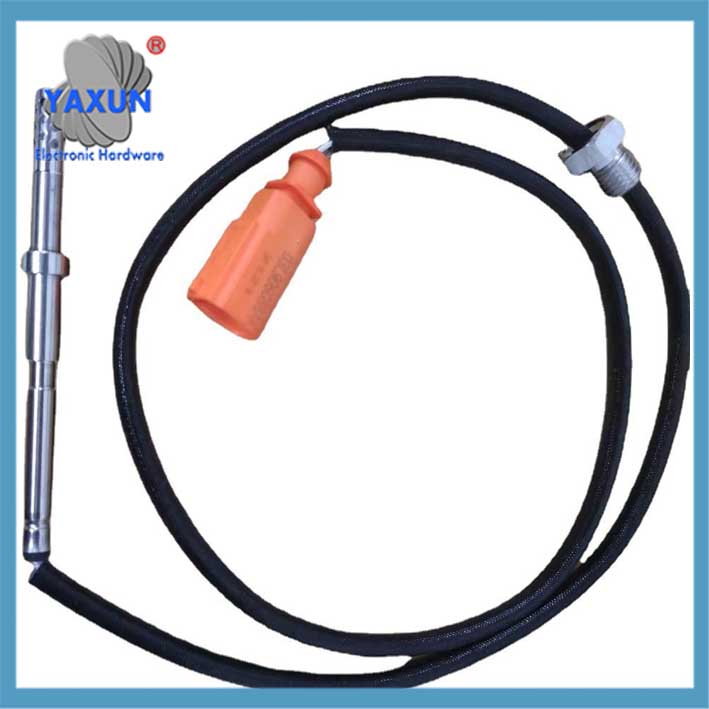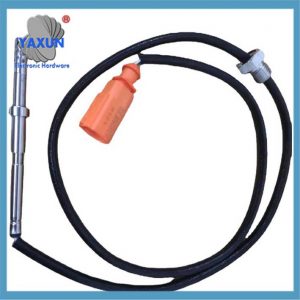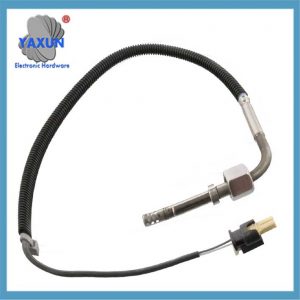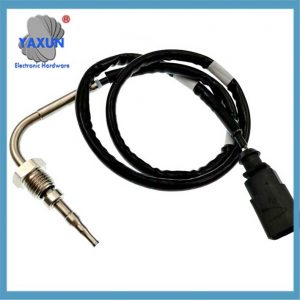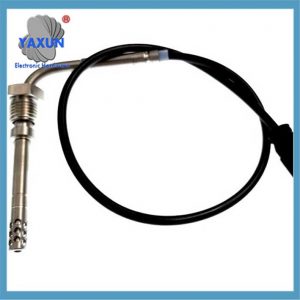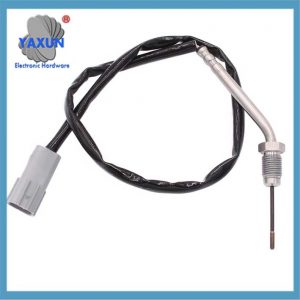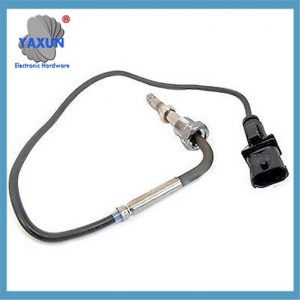Kategorie produktu
- Tepelná pojistka 32
- Pojistky povrchu 12
- Termistor 36
- Držák pojistky na montáž PCB 27
- Kabelový svazek 6
- Držáky pojistek 17
- termostat 50
- Elektrická pojistka 24
- Senzor teploty automobilů 7
- Jistič tepelného obvodu 22
- Pojistka držeče krabice 36
- Teplotní senzor 75
- Tepelný spínač 68
- Pojistka automobilu 20
- Přišroubujte pojistky 8
Značky produktů
Čínský dodavatel senzoru teploty výfukových plynů pro automobilový průmysl
Senzor EGT je zodpovědný za čtení teplot komponent systému po ošetření, jako je vstupní dokument, vstupní dpf, Outlet DPF, vstupní scr, Výstup SCR, atd., a zasílání těchto informací zpět do ECM, aby se udržovaly správné teploty, které řídí systém následného zpracování, aby se snížily škodlivé emise.
Systematic analysis of automotive exhaust temperature sensors, comprehensive core functions, technical parameters, application scenarios and development trends:
I. Core functions and working principles
Real-time monitoring and protection:
Installed at the outlet of the exhaust manifold, three-way catalytic converter or turbocharger, directly detect the high-temperature exhaust gas temperature (the working range is usually 200℃–1000℃).
Core function: Prevent the catalyst from overheating and melting (efficiency decreases when it exceeds 300℃, and it may be damaged above 400℃), and control the regeneration temperature of the particulate filter (DPF) in diesel vehicles.
Signal feedback mechanism
Platinum resistance type (such as PT200): The resistance is 200Ω at 0℃, and the resistance increases at a uniform rate as the temperature rises, with an accuracy of ±1.5% (above 300℃).
Thermocouple/NTC type: Thermocouples are resistant to ultra-high temperatures but have low accuracy, and NTCs are low in cost but limited in high temperature range.
Ii. Comparison of key technical parameters and types
| Parameters | Platinum resistance (PT200) | Thermocouple/NTC type |
|---|---|---|
| Temperature range | -40℃ ~ +850 ℃ | Maximum 1000℃ (termočlánek) |
| Accuracy | ±2.5℃(-40~300℃) | ±2%~5% (high temperature section) |
| Response speed | Střední | Pomalý (anti-thermal shock design) |
| Packaging material | Stainless steel corrosion-resistant housing | Metal housing (anti-sulfide corrosion) |
| Applicable scenarios | DPF regeneration control, SCR system | Gasoline vehicle catalyst protection |
Iii. Typical installation location and fault impact
Installation location:
Behind the three-way catalytic converter (gasoline vehicle) or DPF inlet (diesel vehicle), some models have multiple sensors arranged in the middle/end of the exhaust pipe.
Fault symptoms and consequences:
Failure performance: Abnormal lighting of the exhaust warning light (exceeding the 900℃ threshold), difficulty in cold start, and reduced engine power.
Chain risk: Catalyst high temperature meltdown (repair cost exceeds 10,000 yuan), DPF regeneration failure leading to excessive emissions.
IV. Technology evolution trend
Improvement of accuracy and reliability:
PT200 sensors gradually replace traditional thermocouples, because their linear output characteristics are more suitable for OBD diagnostic systems (error <±1.5%).
Extended application of new energy
Monitor the temperature of the turbocharger (T3 sensor) in hybrid models to prevent thermal shock when switching between motor and engine.
Integrated Design
The sensor is linked with the EGR valve to dynamically adjust the exhaust gas recirculation flow and optimize emission control.
Industry Trends: By 2025, the penetration rate of platinum resistance sensors in the diesel vehicle market will exceed 60%, and high-temperature direct measurement technology (such as laser temperature measurement) is in the laboratory verification stage.
Kontaktujte nás
Čekání na váš e -mail, Odpovíme vám uvnitř 12 hodiny s cennými informacemi, které jste potřebovali.
 English
English Afrikaans
Afrikaans العربية
العربية বাংলা
বাংলা bosanski jezik
bosanski jezik Български
Български Català
Català 粤语
粤语 中文(简体)
中文(简体) 中文(漢字)
中文(漢字) Hrvatski
Hrvatski Čeština
Čeština Nederlands
Nederlands Eesti keel
Eesti keel Suomi
Suomi Français
Français Deutsch
Deutsch Ελληνικά
Ελληνικά हिन्दी; हिंदी
हिन्दी; हिंदी Magyar
Magyar Bahasa Indonesia
Bahasa Indonesia Italiano
Italiano 日本語
日本語 한국어
한국어 Latviešu valoda
Latviešu valoda Lietuvių kalba
Lietuvių kalba македонски јазик
македонски јазик Bahasa Melayu
Bahasa Melayu Norsk
Norsk پارسی
پارسی Polski
Polski Português
Português Română
Română Русский
Русский Cрпски језик
Cрпски језик Slovenčina
Slovenčina Slovenščina
Slovenščina Español
Español Svenska
Svenska ภาษาไทย
ภาษาไทย Türkçe
Türkçe Українська
Українська اردو
اردو Tiếng Việt
Tiếng Việt
